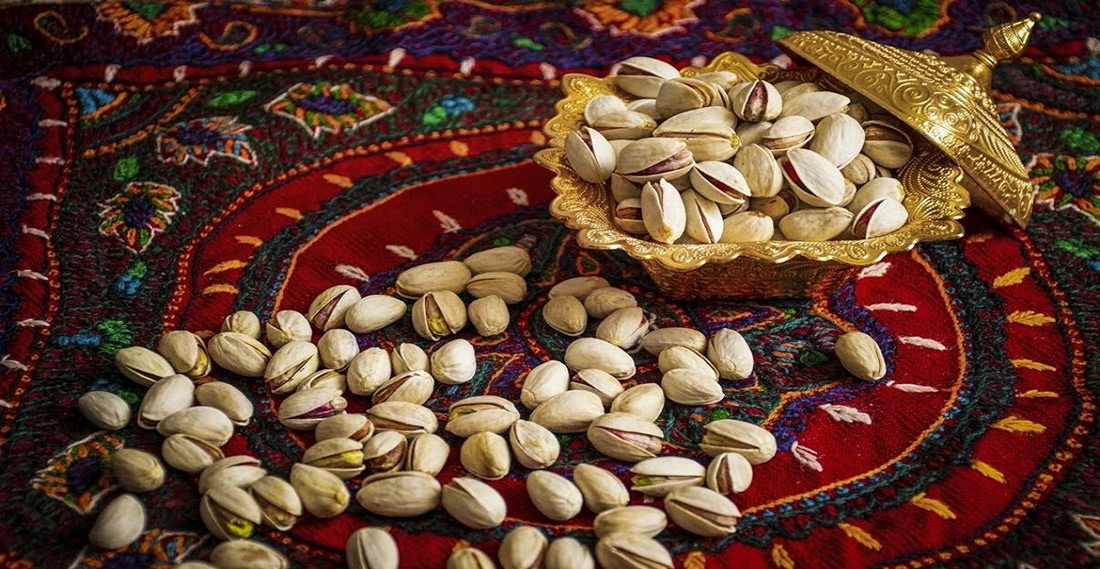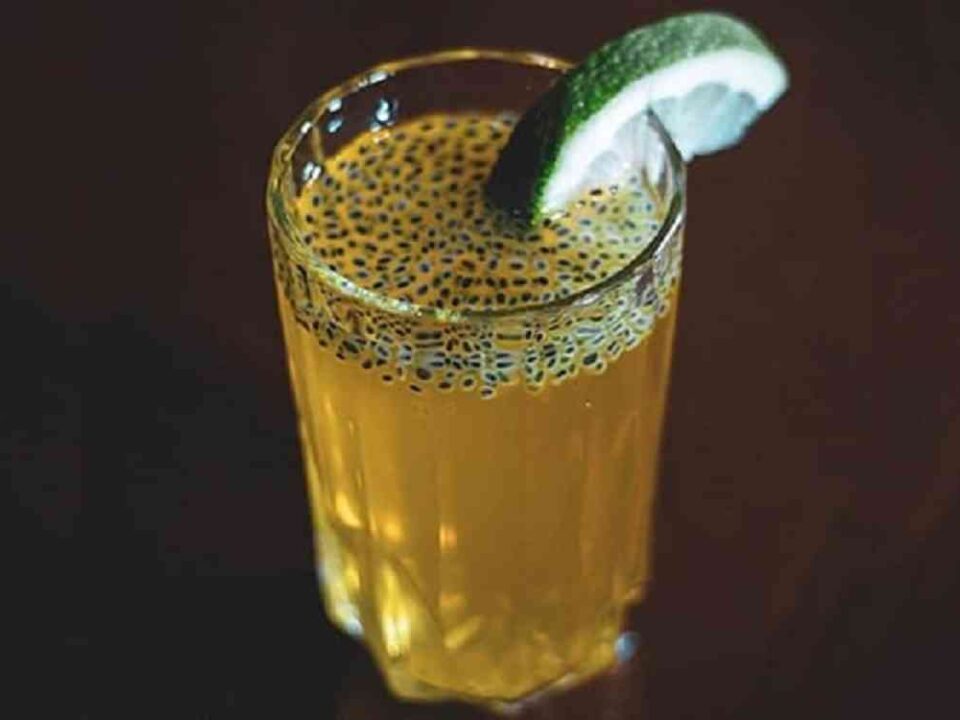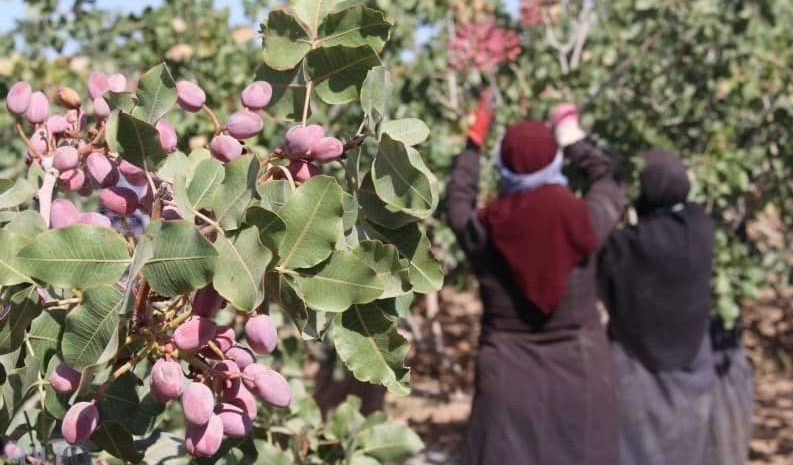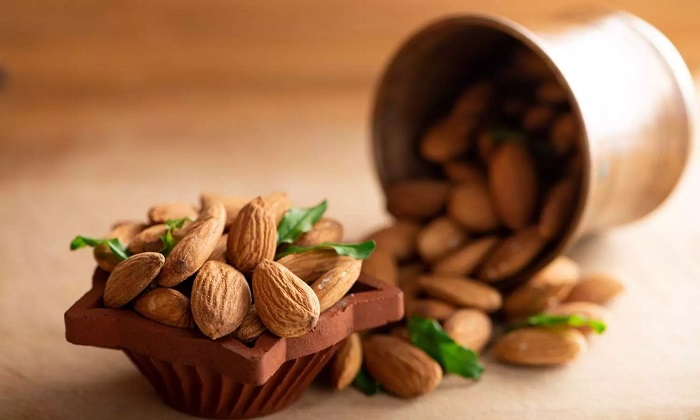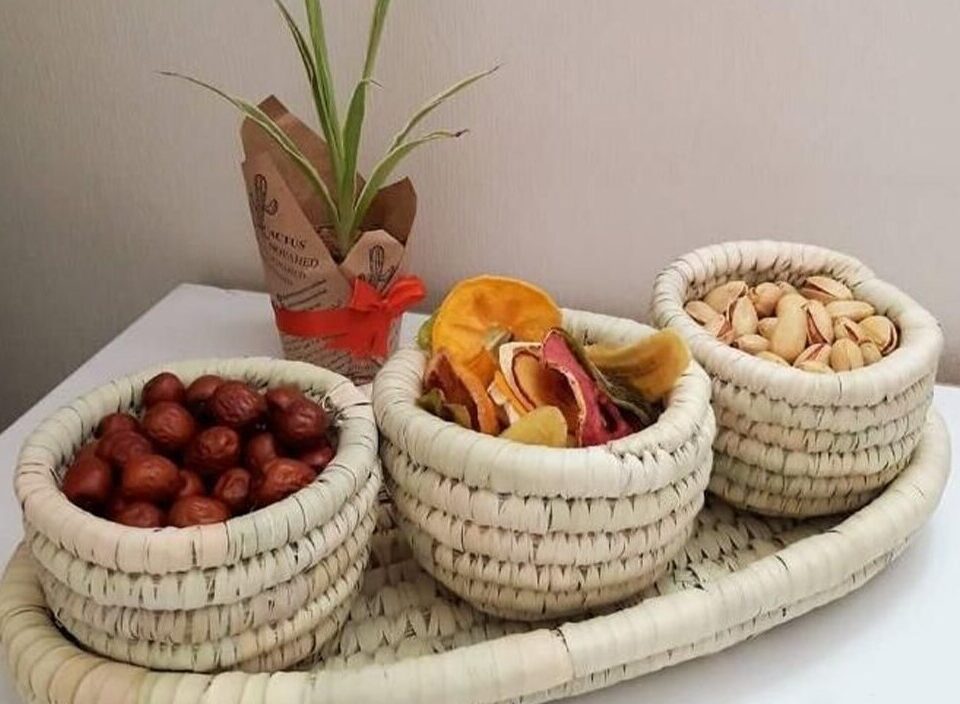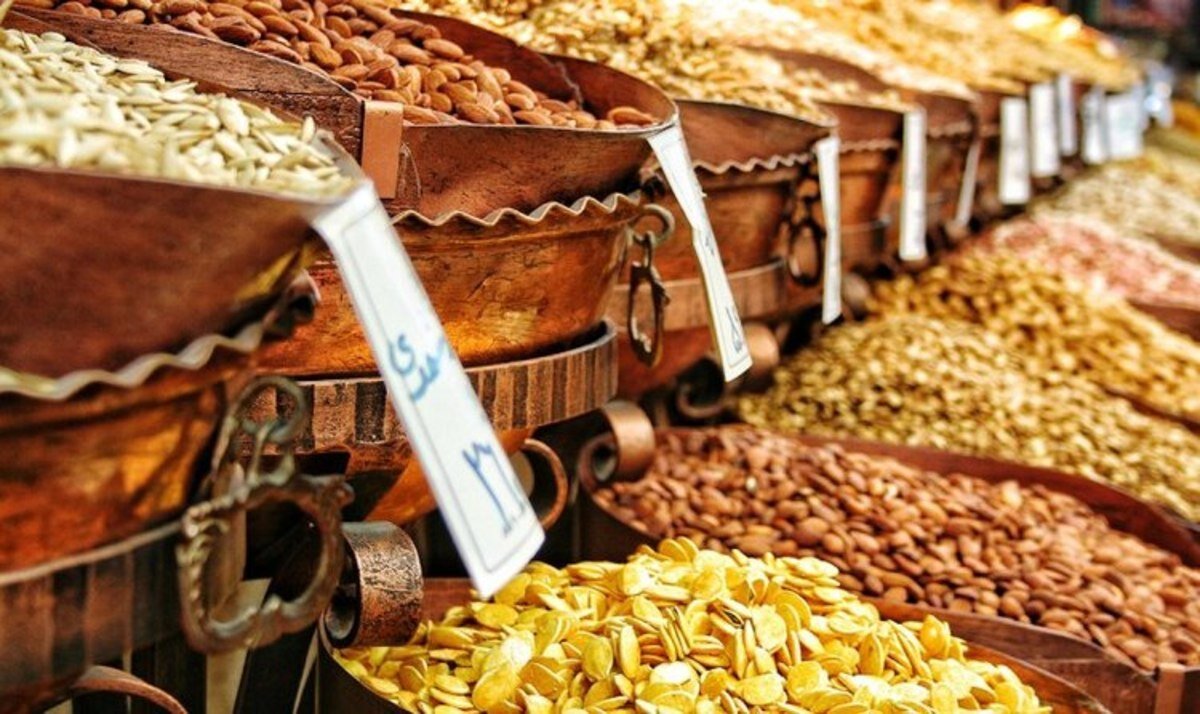
The Perfect Iranian Nut Mix for an Energy Boost
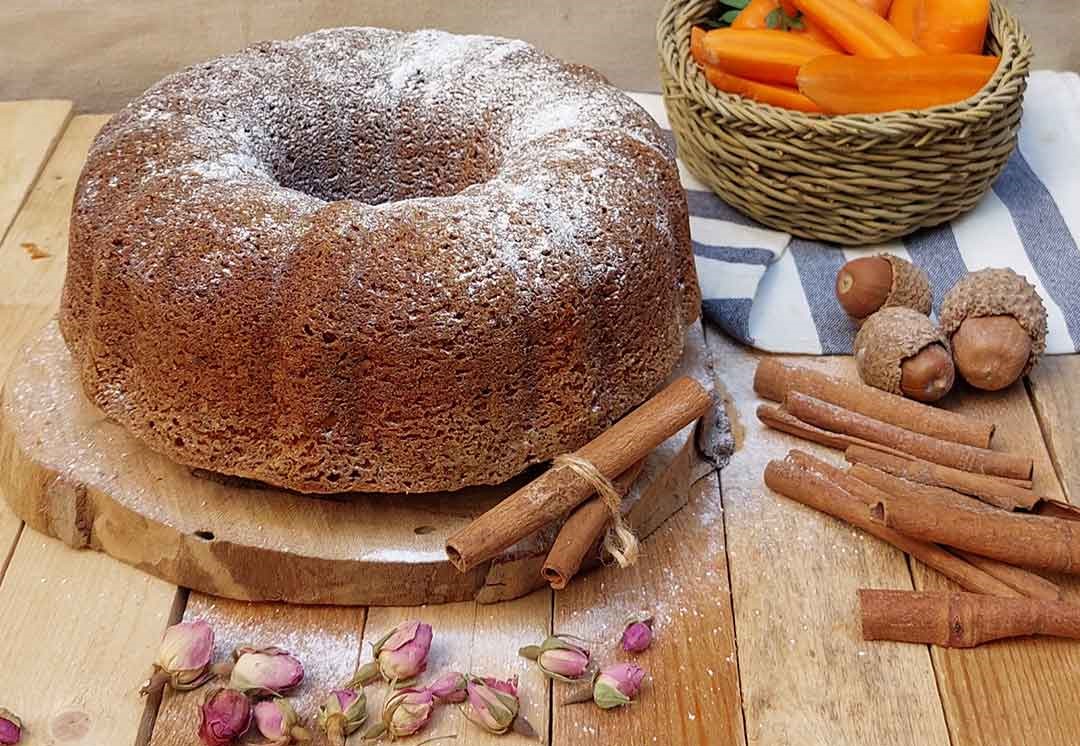
Unique Iranian Spices for Baking
The Cultural and Historical Significance of Pistachios
Pistachios are one of the most ancient and culturally significant nuts in the world, with Iran being their most important historical producer. Known as Pesteh in Persian, pistachios have been grown in Iran for thousands of years and have become deeply embedded in the country’s culture, economy, and cuisine. Iran’s climate and soil are ideal for pistachio cultivation, and the nut has become a symbol of hospitality, luxury, and prosperity. Here’s an exploration of the history of pistachio cultivation in Iran, and its cultural and historical significance.
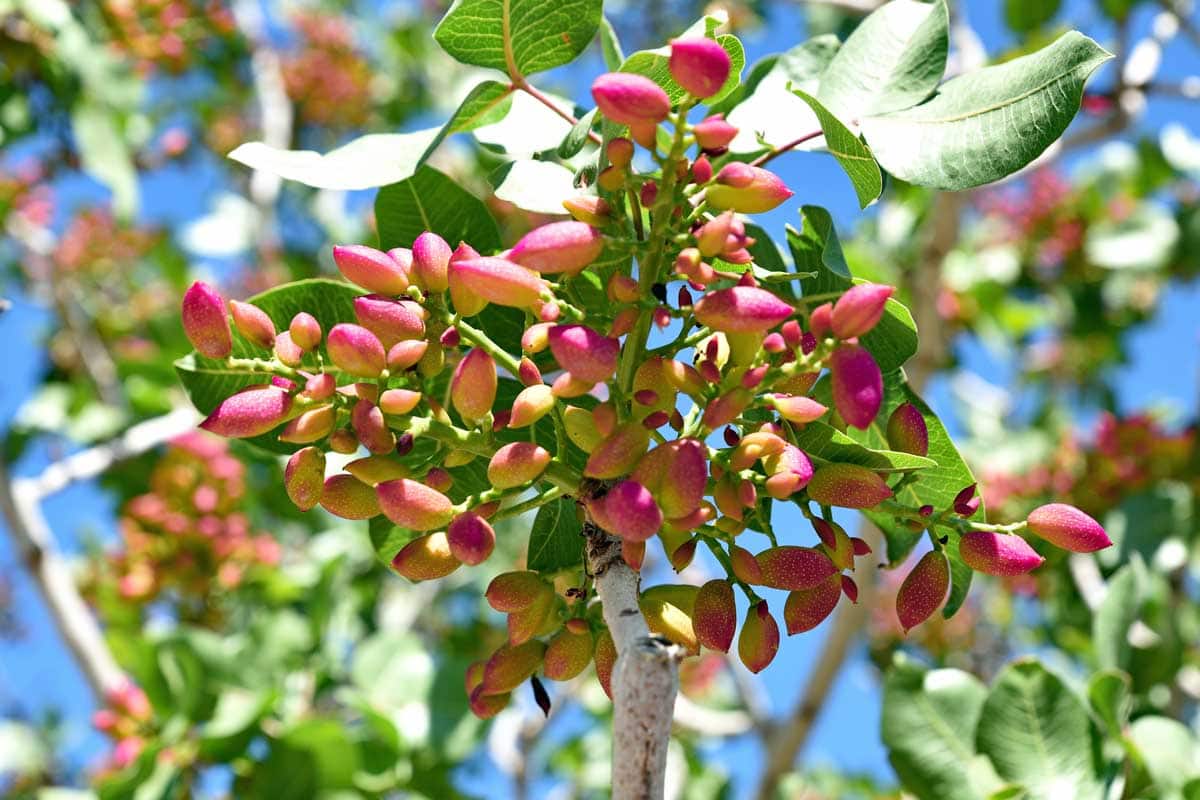
History of Pistachio Cultivation in Iran
1. Ancient Origins of Pistachios in Iran
The pistachio tree, scientifically known as Pistacia vera, is believed to have originated in the regions of Central Asia and the Middle East, with Iran playing a key role in its domestication. Pistachios have been cultivated in Iran for over 3,000 years, with evidence of their presence found in ancient Persian archaeological sites.
Early Historical Evidence:
- Ancient Persia (c. 6th Century BCE): Historical texts suggest that pistachios were consumed by the Persian elite during the Achaemenid Empire. Pistachios were considered a luxurious food and were often reserved for royalty and the upper class.
- Trade on the Silk Road: Pistachios were among the valuable goods traded along the Silk Road, spreading from Persia to other parts of Asia, Europe, and the Mediterranean. They became known as one of the delicacies enjoyed by the wealthy in the ancient world.
Mythology and Ancient Use:
- In Persian folklore, it is said that the Queen of Sheba declared pistachios to be a royal food and demanded that the entire region’s pistachio harvest be brought to her kingdom. This legend highlights the value and prestige associated with pistachios in ancient times.
- Pistachios were not only enjoyed as food but also used in medicinal practices, due to their high nutritional value and supposed healing properties.
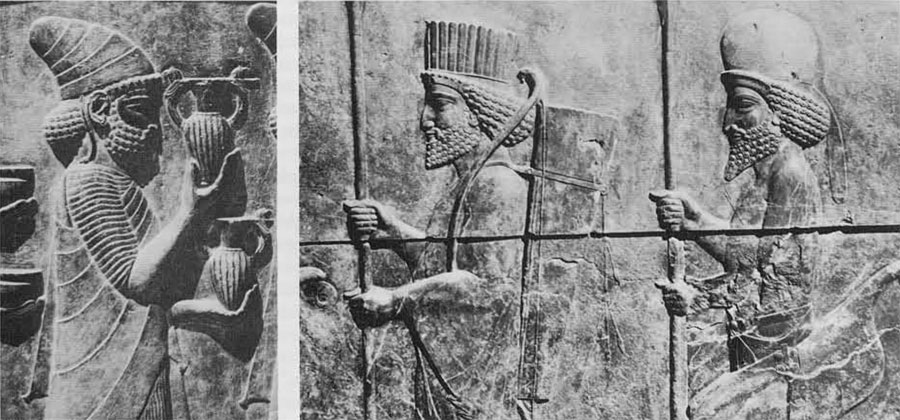
History of Pistachio Cultivation in Iran
2. Pistachios in Persian Culture and Cuisine
Pistachios have long held a special place in Persian culture and are a prominent feature in traditional celebrations, culinary dishes, and hospitality. Their symbolic value, coupled with their unique taste and versatility, has made pistachios a cornerstone of Persian life.
Symbol of Hospitality:
- Offering pistachios to guests is a traditional sign of hospitality in Iran. Pistachios are often served alongside tea or as part of Ajil, a traditional Persian snack mix made with a variety of nuts and dried fruits.
- During Nowruz, the Persian New Year, pistachios are a key part of the celebratory dishes and snacks, symbolizing abundance and prosperity for the coming year.
Key Role in Persian Cuisine:
- Fesenjan: Pistachios are often used as a garnish or in sauces in Persian stews like Fesenjan, a dish made with pomegranate molasses and ground walnuts, with the nutty flavor of pistachios adding richness to the dish.
- Baklava: Pistachios are also a key ingredient in Persian baklava, a sweet pastry layered with nuts and honey. The bright green color and buttery flavor of pistachios make them the perfect finishing touch for many Persian sweets and desserts.
- Pistachio ice cream: Known as Bastani Sonnati, Persian ice cream is traditionally flavored with rosewater, saffron, and pistachios, making it a popular dessert during the hot summer months.
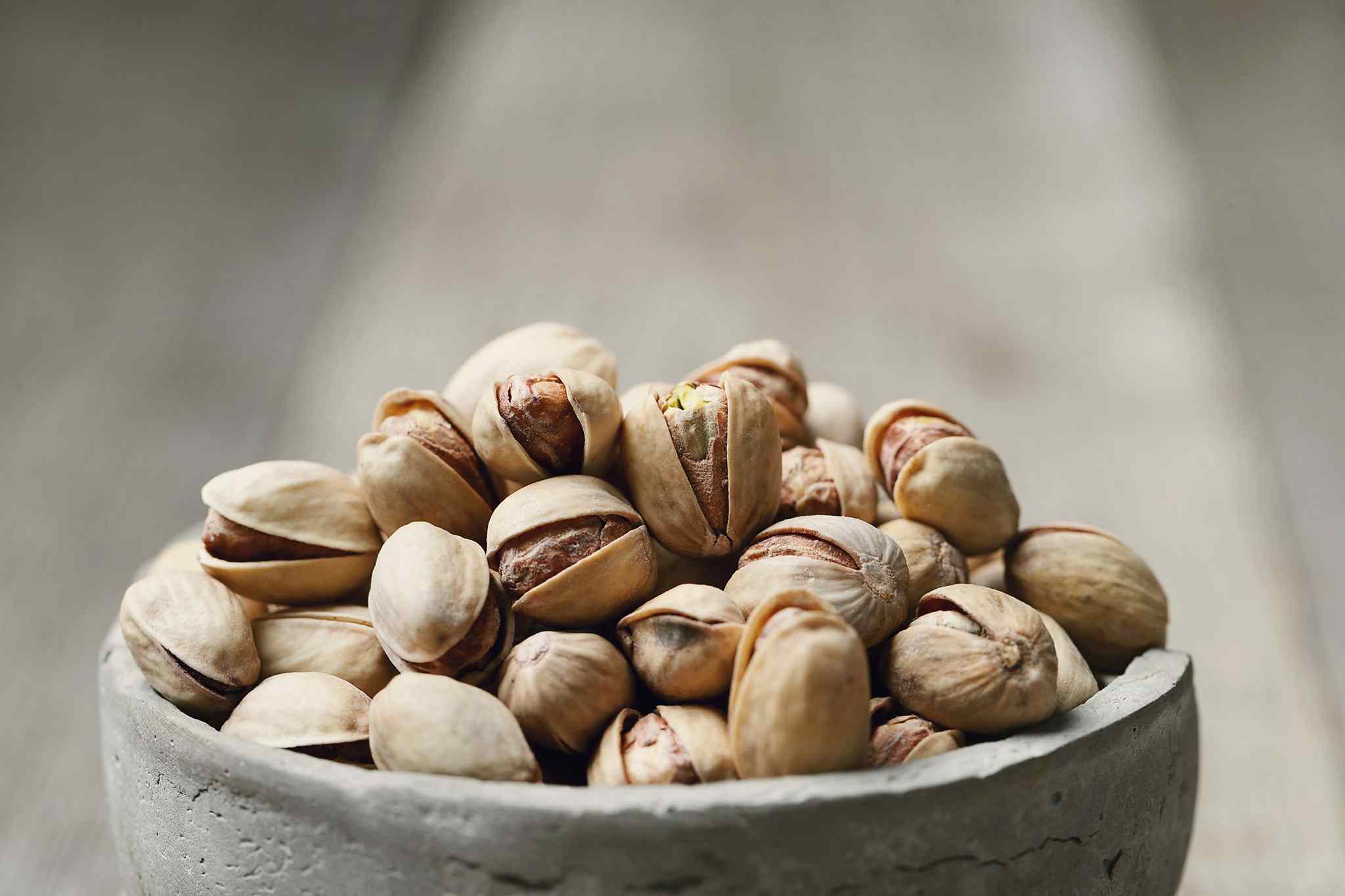
Persian Pistachio
3. Pistachio Farming in Iran: A Historical Agricultural Practice
Iran has a long-standing tradition of pistachio farming, with specific regions becoming famous for their high-quality pistachios. Pistachio cultivation requires a hot, dry climate and well-drained soil, making Iran’s arid regions ideal for the crop. Over the centuries, pistachio farming has evolved from small-scale family farms to a key economic sector for the country.
Main Pistachio Growing Regions:
- Kerman Province: The province of Kerman, particularly the city of Rafsanjan, is the heart of pistachio cultivation in Iran. Rafsanjan’s pistachios are famous for their high quality and are considered some of the best in the world.
- Khorasan Province: Khorasan in northeastern Iran is another major pistachio-producing region, contributing significantly to both domestic consumption and exports.
Types of Iranian Pistachios:
Iranian pistachios are known for their distinct flavor and variety. Some of the most famous varieties include:
- Fandoghi: Small, round pistachios with a rich flavor, named for their resemblance to hazelnuts (called Fandogh in Persian).
- Akbari: Long and large pistachios with a sweet, buttery flavor.
- Kalleh Ghouchi: Large, round pistachios with a thick shell and a rich, nutty taste.
- Ahmad Aghaei: Long, medium-sized pistachios with a unique pink shell and green kernel.
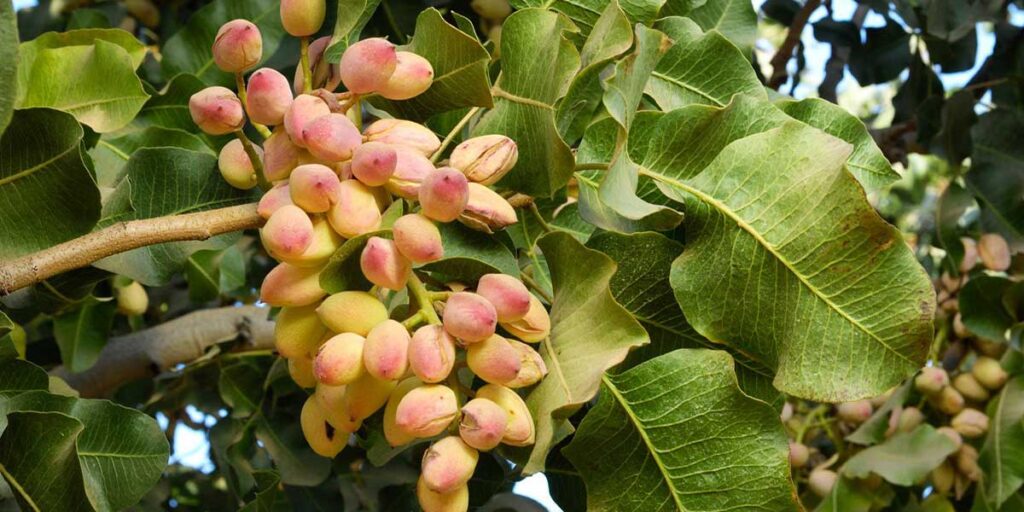
History of Pistachio Cultivation in Iran
4. The Importance of Pistachios in Iran’s Economy
Today, pistachios are one of Iran’s most important export products, contributing significantly to the country’s economy. Iran is one of the world’s largest producers and exporters of pistachios, alongside the United States (California). Iranian pistachios are highly sought after on the global market due to their superior flavor, size, and quality.
Key Export Markets:
- Iranian pistachios are exported to over 100 countries, with major markets including Europe, China, India, and the Middle East.
- In recent years, Iran has faced challenges in the global market due to sanctions and competition from other producers, particularly California. Despite this, Iranian pistachios remain prized for their distinctive flavor and rich history.
Economic Impact:
- Pistachio farming provides livelihoods for thousands of families in rural Iran, particularly in Kerman Province. The pistachio industry has also fostered economic development in remote areas, providing jobs in farming, processing, and export activities.
- Sustainable practices: With water scarcity becoming an increasing concern, Iranian pistachio farmers have adopted more sustainable water management techniques to ensure the long-term viability of the crop.
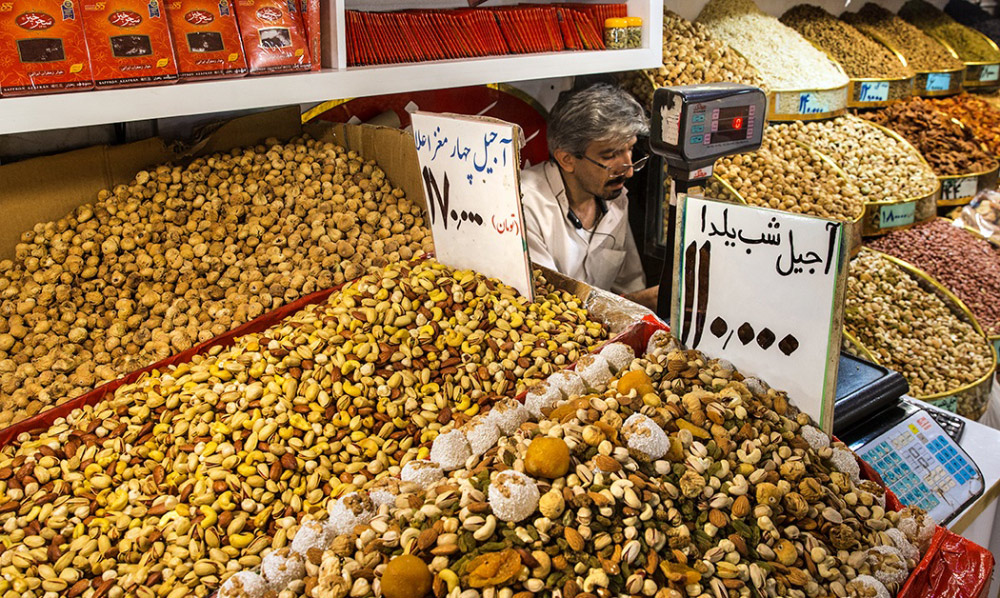
Persian Nuts
5. Cultural and Symbolic Significance of Pistachios
Beyond their economic value, pistachios hold a deep cultural and symbolic significance in Iran. They are associated with prosperity, luxury, and celebration and are used in rituals and events that mark important milestones in Persian life.
Pistachios in Persian Art and Symbolism:
- The green and red colors of pistachio kernels and shells are often seen as symbols of fertility and abundance, representing renewal and growth in Persian culture.
- Pistachios have also been depicted in Persian miniature paintings and textiles, symbolizing wealth and the bounty of the land.
Pistachios in Persian Festivals:
- Nowruz (Persian New Year): Pistachios are a key feature in the spread of traditional snacks during Nowruz celebrations. They are also included in Ajil-e Moshkel Gosha, a special mix of nuts and dried fruits that is shared to promote happiness and resolve problems.
- Weddings and Celebrations: Pistachios are often served at Persian weddings and other celebrations, symbolizing good fortune, wealth, and a sweet life for the newlyweds.
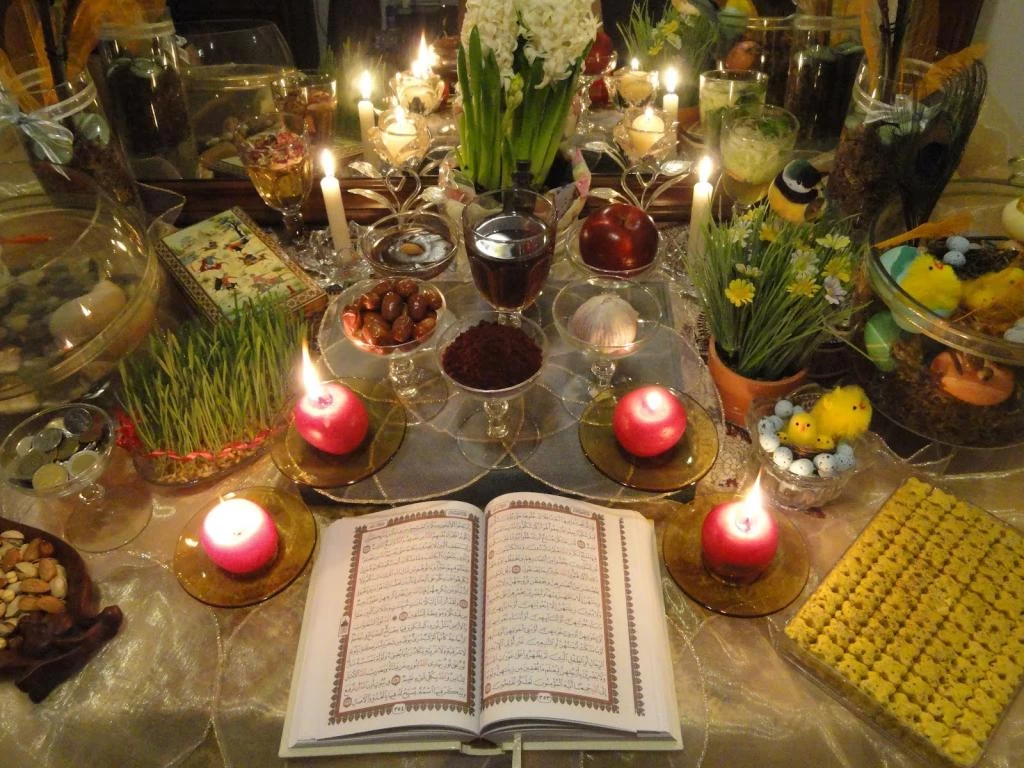
Haft Sin in Nowruz
6. Challenges and the Future of Pistachio Cultivation in Iran
While pistachios remain a significant part of Iran’s agricultural landscape, the industry faces several challenges, including water scarcity, climate change, and global competition.
Water Scarcity:
- Pistachio cultivation is water-intensive, and Iran’s pistachio-growing regions, especially Kerman, are experiencing severe droughts and water shortages. Farmers are increasingly turning to sustainable irrigation techniques to conserve water while maintaining crop yields.
Competition and Global Trade:
- In recent decades, competition from other major pistachio producers, such as California, has intensified. However, Iranian pistachios continue to be celebrated for their superior taste and quality.
Innovations and Adaptations:
- To stay competitive, Iranian pistachio farmers are adopting new technologies, such as drip irrigation and more efficient water management systems. There is also an emphasis on developing organic and high-quality varieties to appeal to international markets.
Conclusion
Pistachios are more than just a crop in Iran; they are a symbol of the country’s rich cultural heritage, agricultural expertise, and economic resilience. From their ancient origins to their role in modern Persian cuisine, pistachios have remained an integral part of Iranian life for thousands of years. As Iran continues to adapt to new challenges and opportunities in the global market, the legacy of pistachio cultivation will continue to thrive, providing both cultural pride and economic prosperity for future generations.

